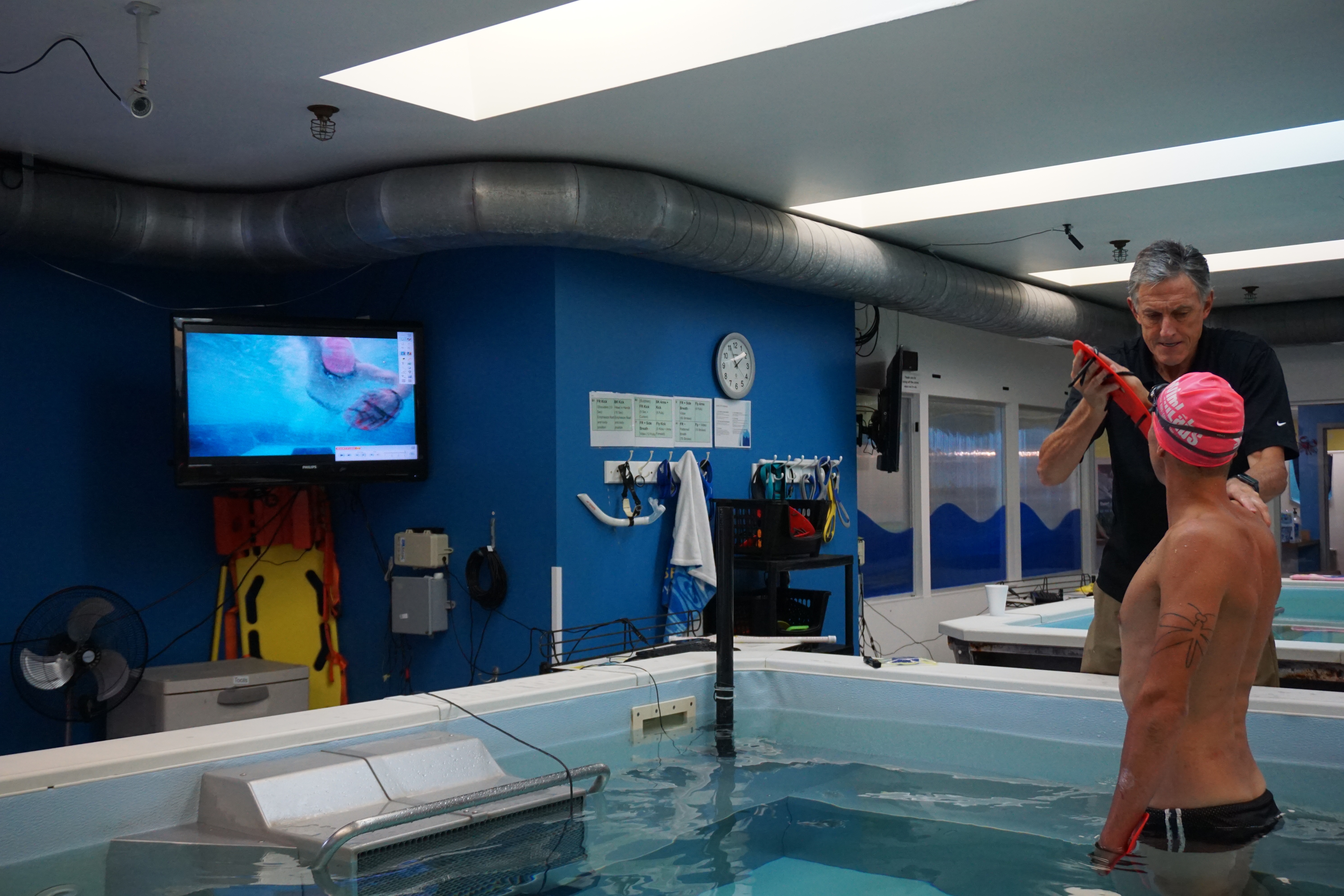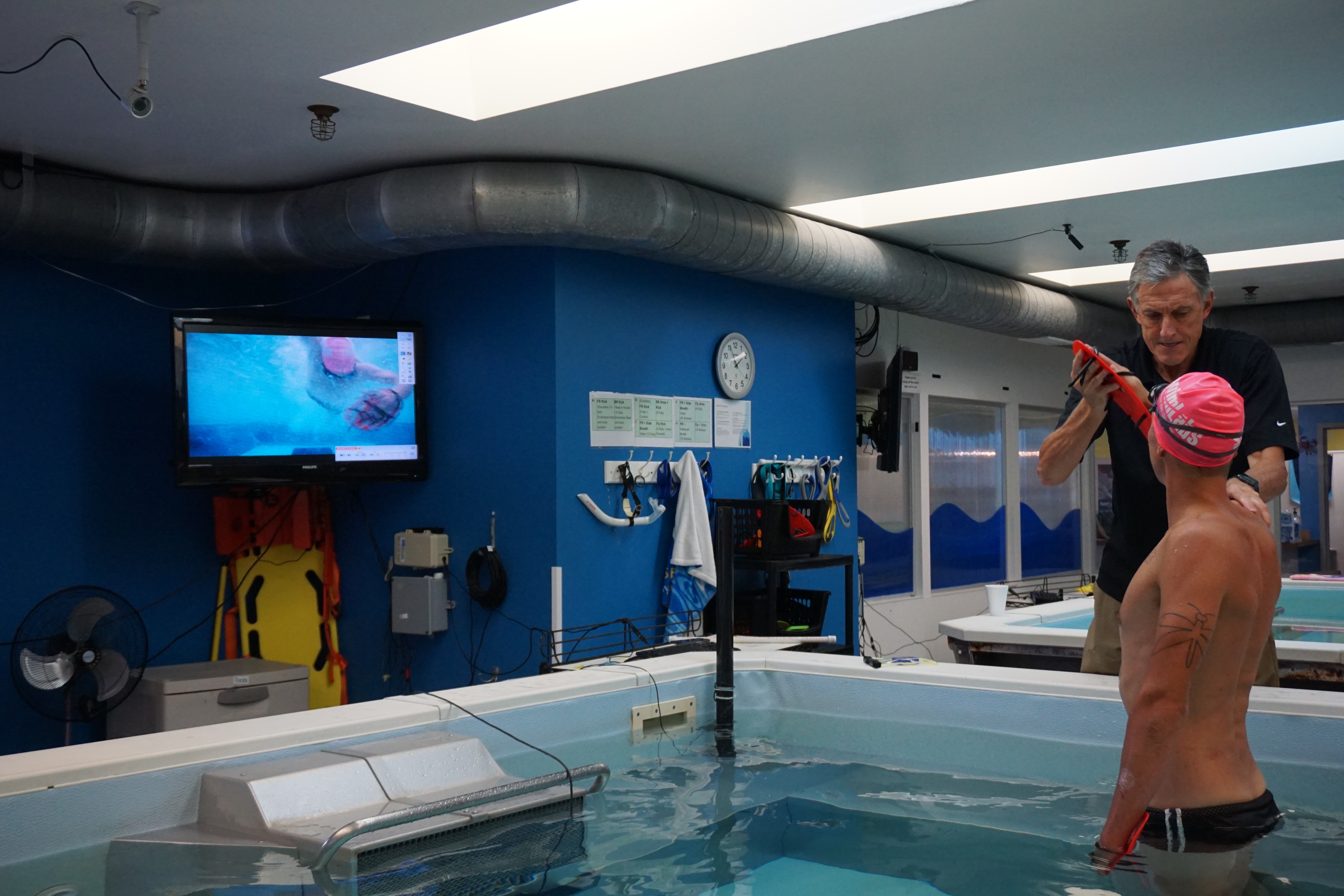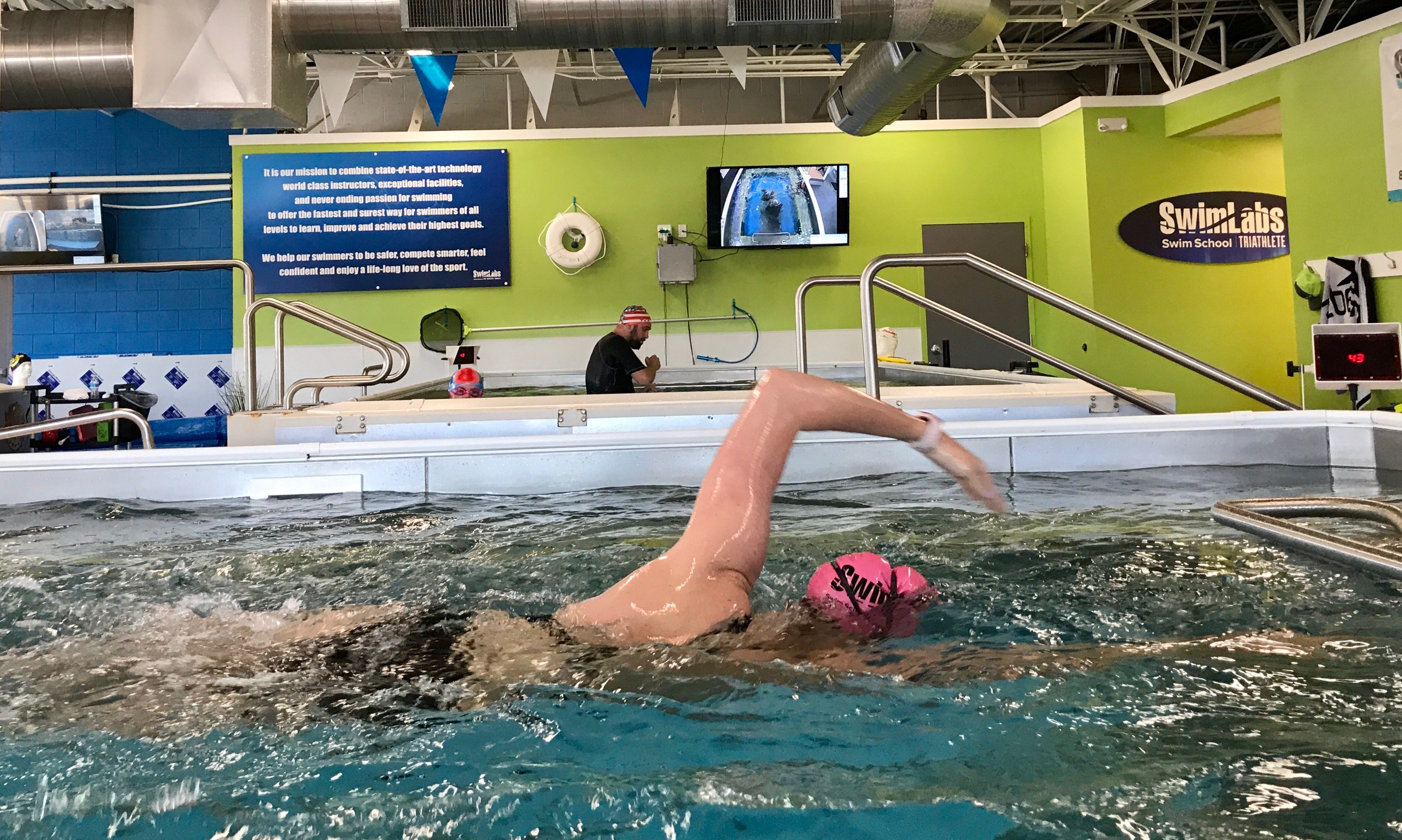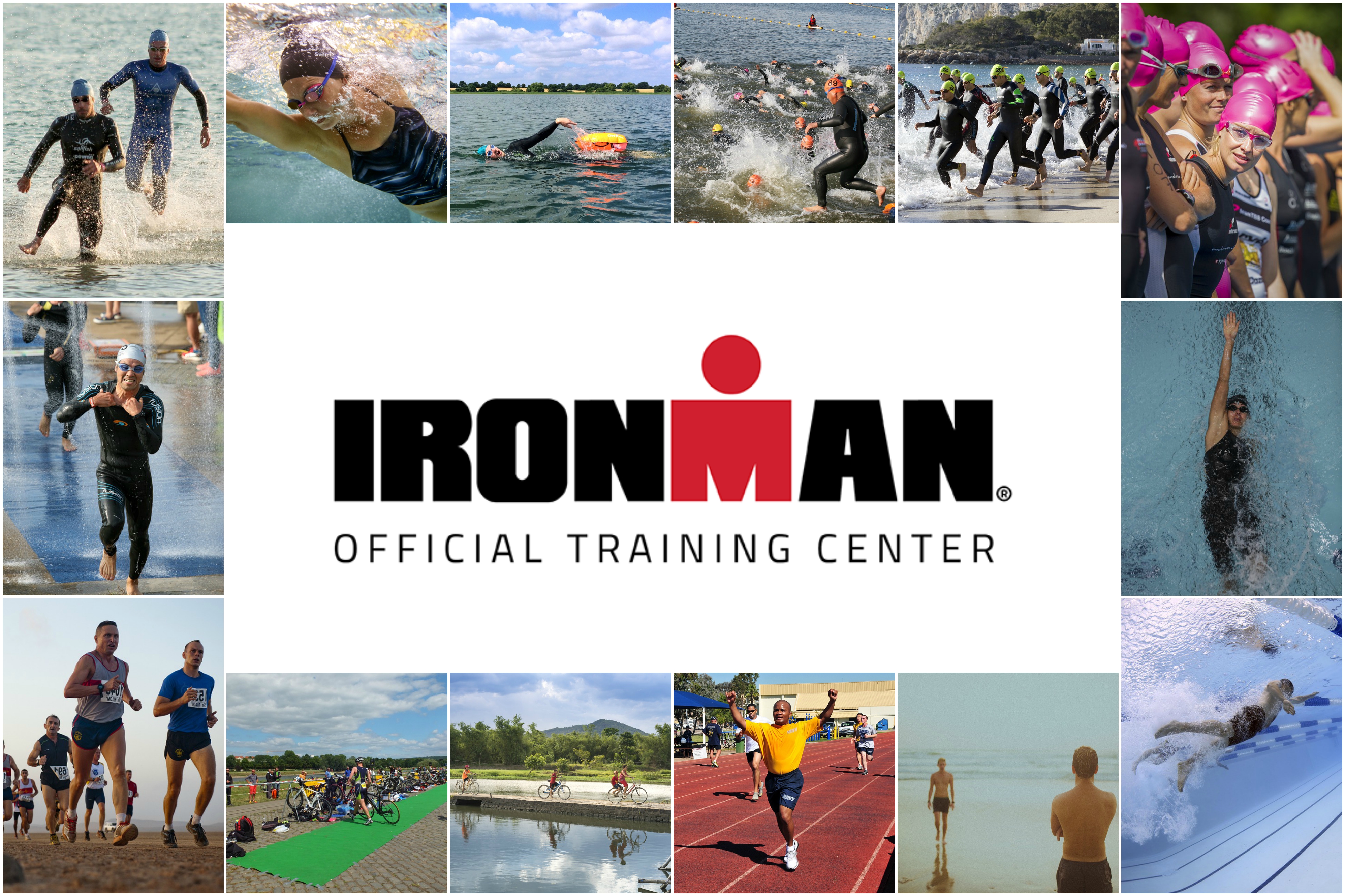
Happy New Year! We want to start off 2019 by bringing you an interview with Olympian Susan Williams on the importance of working on swim technique in the off-season. Susan is an elite coach at SwimLabs in Littleton, CO, and a triathlon coach at Endurance Multisport Coaching (Team EMC: www.teamemc.com). Susan competed in the second Olympic triathlon at the 2004 Olympic in Athens, and was the first U.S. triathlete to win an Olympic medal, taking the bronze. Susan also completed an IRONMAN in 2012, and has a Master’s Degree in Aerospace Engineering.
Triathlete tips from Olympian, Susan Williams
LD - Why is it important for triathletes to focus on swim technique in the off-season?
SW - It’s always important to spend some time working on swim technique. In the middle of the season, it may be during drill sets as part of your warm-up or recovery during a workout. The off-season, when the training load is lighter and the workouts tend to be less intense, is a perfect time to focus on improving your swim efficiency.

LD - How do the cameras and video technology at SwimLabs (or a Dual School) help athletes correct technique?
SW - It is invaluable for the swimmer to immediately see their stroke on the TV monitor, get feedback from a coach, implement changes and then repeat.
LD - What are some of your favorite videos to use for this purpose?
SW – I use Olympian Chloe Sutton’s video of freestyle (side view) frequently, as this gives a great example of the early vertical forearm as well as the swimmer’s reach before the catch.

LD - What drills -- or workout advice -- would you share for athletes who want to improve technique while keeping training distances low in the winter?
SW - I'd suggest doing 75-100% of each swim workout at an easy to aerobic pace where the swimmer can focus on aspects of their stroke where making changes can improve their efficiency. If there are multiple items to focus on (as most of us have!), then choose one at a time for a given set or distance, otherwise it can become overwhelming. Also, I'd like to add a precaution that although there are many great videos online that share ideas on improving your swimming, it will always be beneficial to have an expert look at your stroke and give their feedback on how to best make the improvements.
LD - Is there anything else you would like me to include about your experience, either with training or coaching?
SW - When I presented at a USAT Coaching Certification Clinic a while back, one of my main messages was that the triathlete should not be set on "just getting through the swim." Even if the swim isn’t your strength, you should know that even "non-swimmers" can train to use less energy on the swim with focused attention on technique along with the proper types of sets. You will likely even get faster by training this way. Taking a good look at technique is a great way to get started!

Interviewer Laura Dravenstott is a freelance writer and a Level 2 instructor at SwimLabs.






